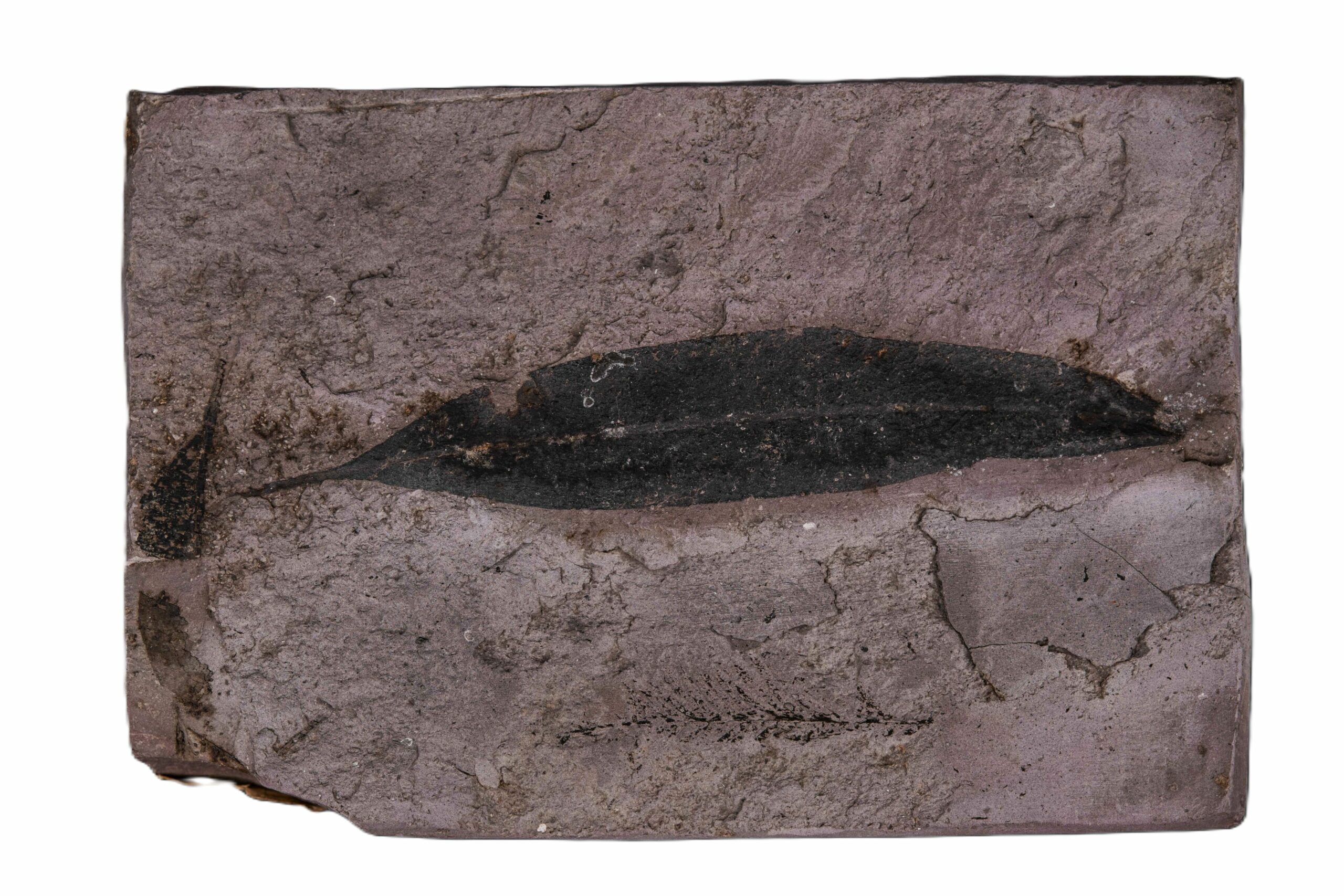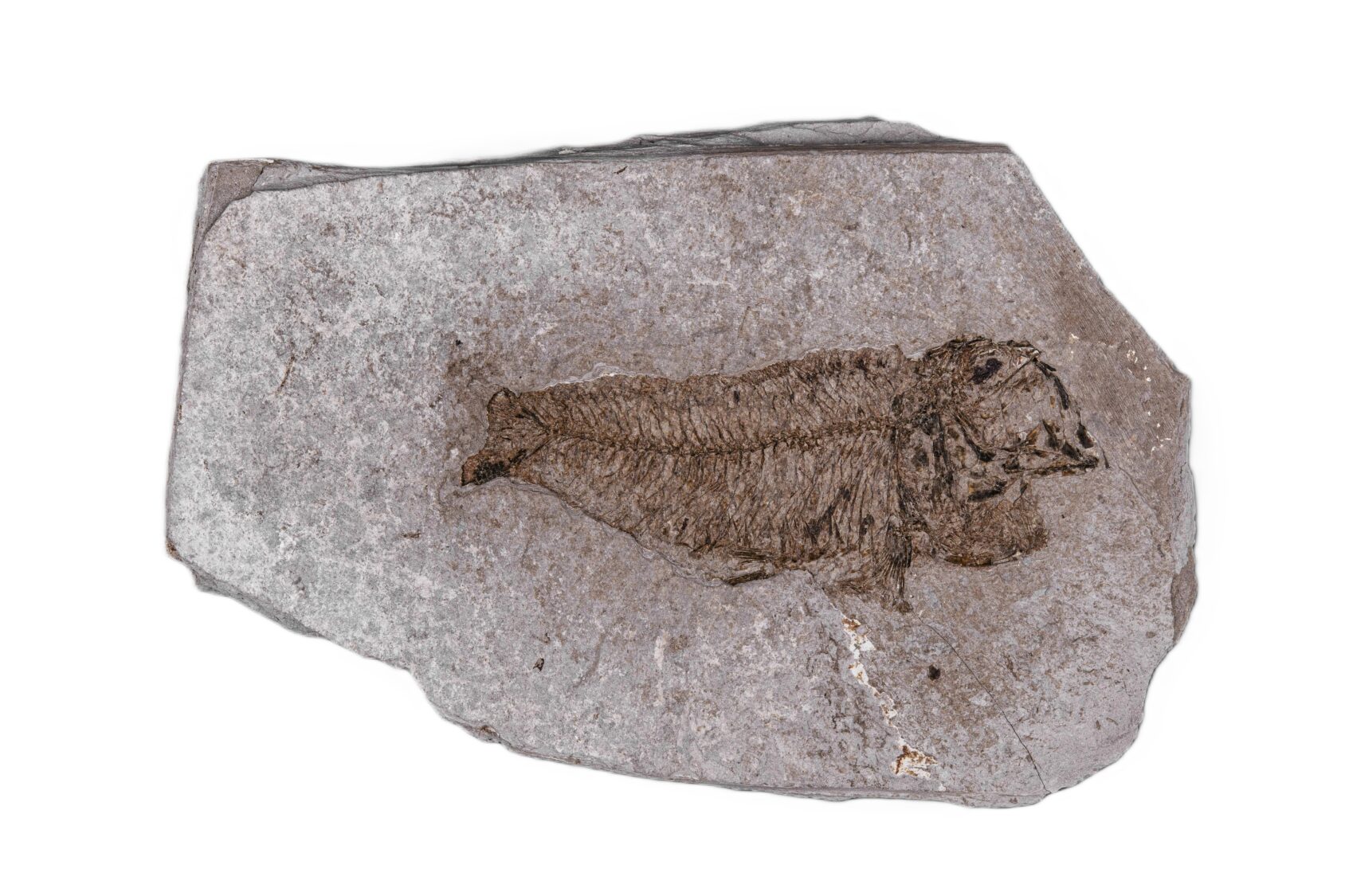
Fossils are like nature’s time capsules, preserving bits of ancient plants, animals, and other living beings. By studying these fossilized remains, we can catch a glimpse of what life was like in the past.
Imagine a dusty corner in the Natural History Museum of Slovenia where a special collection was tucked away – the Middle Miocene fossils from a Croatian site near Radoboj. These fossils, kept hidden from the public until now, offer a fascinating window into the past.
Inside this collection, you’ll find incredibly well-preserved fossils representing various plant and animal species. There are vibrant red algae, remnants of terrestrial plants like leaves, stems, and ferns, and even tiny creatures like ants, flies, grasshoppers, and dragonflies. Dive deeper, and you’ll discover fossilized boney fish bones and a remarkably well- preserved piece of a bird’s wing with feathers.
The story of this precious collection began around 1842 and continued to evolve until approximately 1885. Curator Henrik Freyer (1802-1866) was the first to archive and roughly describe the initial specimens. Over the following years, the collection was left to its own devices, leading to its deterioration. Fossil remains, once excavated, face different conditions than they did in their original site. This exposure triggers various chemical reactions, resulting in the formation of new minerals and substances. Unfortunately, this process can accelerate the decay of both the rock and the fossils within it. The Radoboj collection, in particular, suffered damage due to the formation of decomposing pyrite, marcasite, and sulfur. Despite these challenges, our dedicated team has carefully reviewed and cleaned the specimens, making them ready for public display once more.
If you’re curious to witness this journey through time, mark your calendar! The geological showcase will be open to the public from February 1 to June 1, 2024, at the Natural History Museum of Slovenia.
Authors: Katarina Kadivec, Matija Križnar, Doroteja Fon


